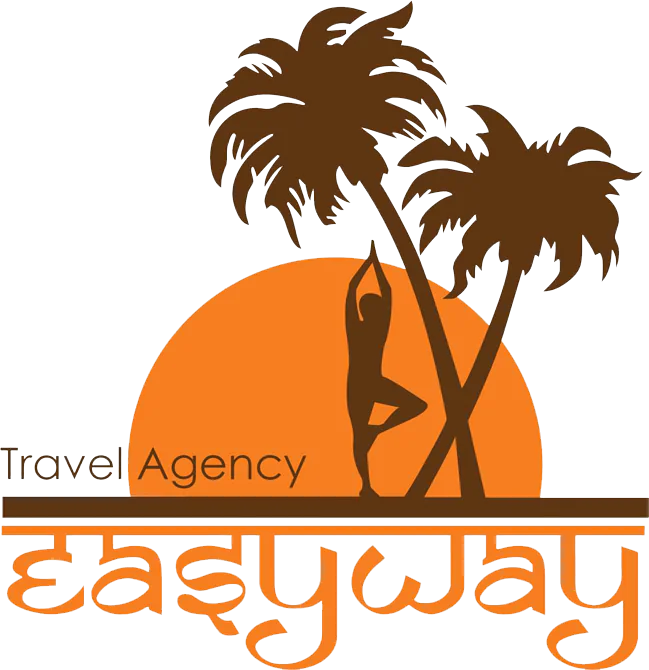Mumbai
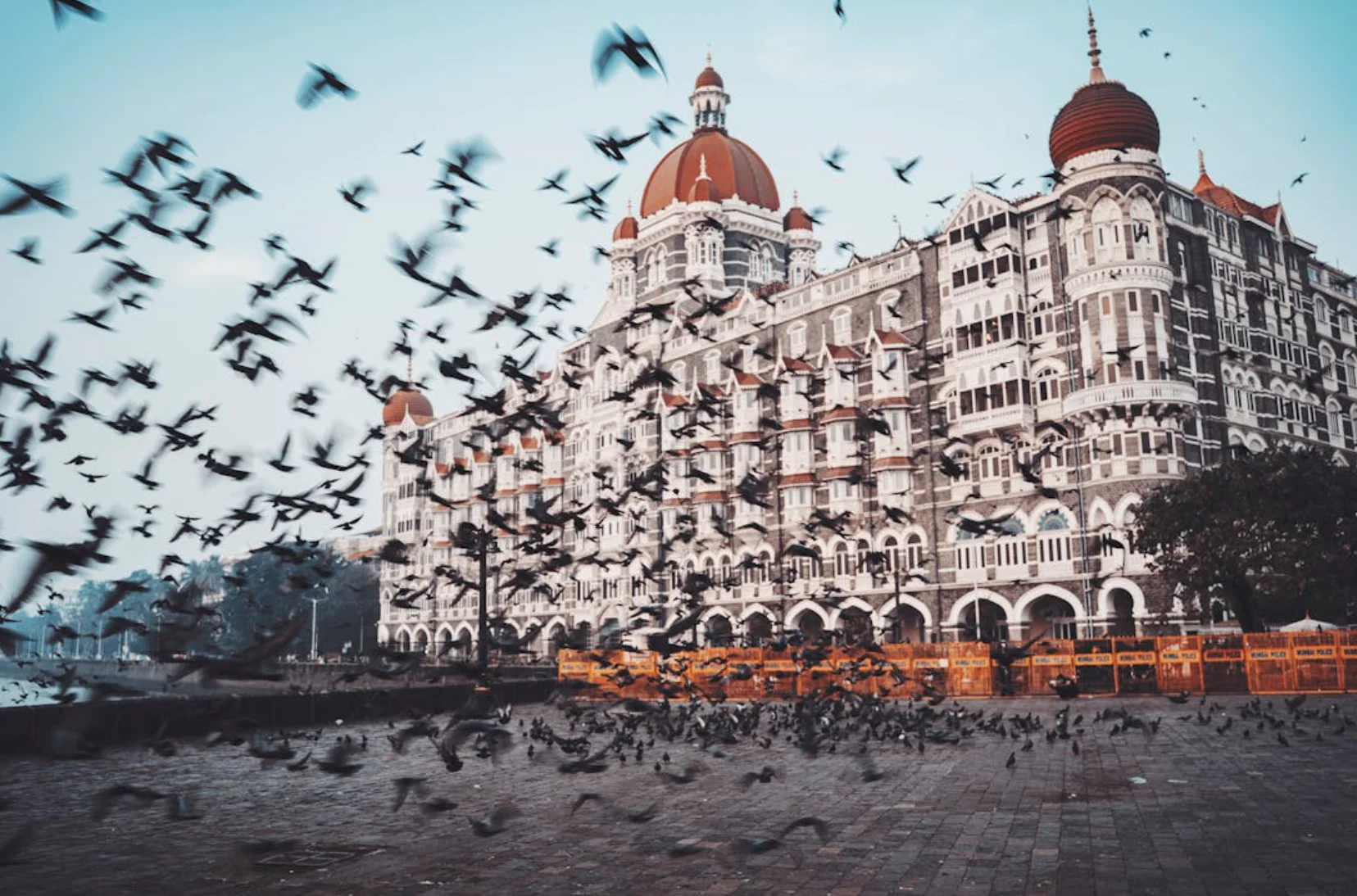
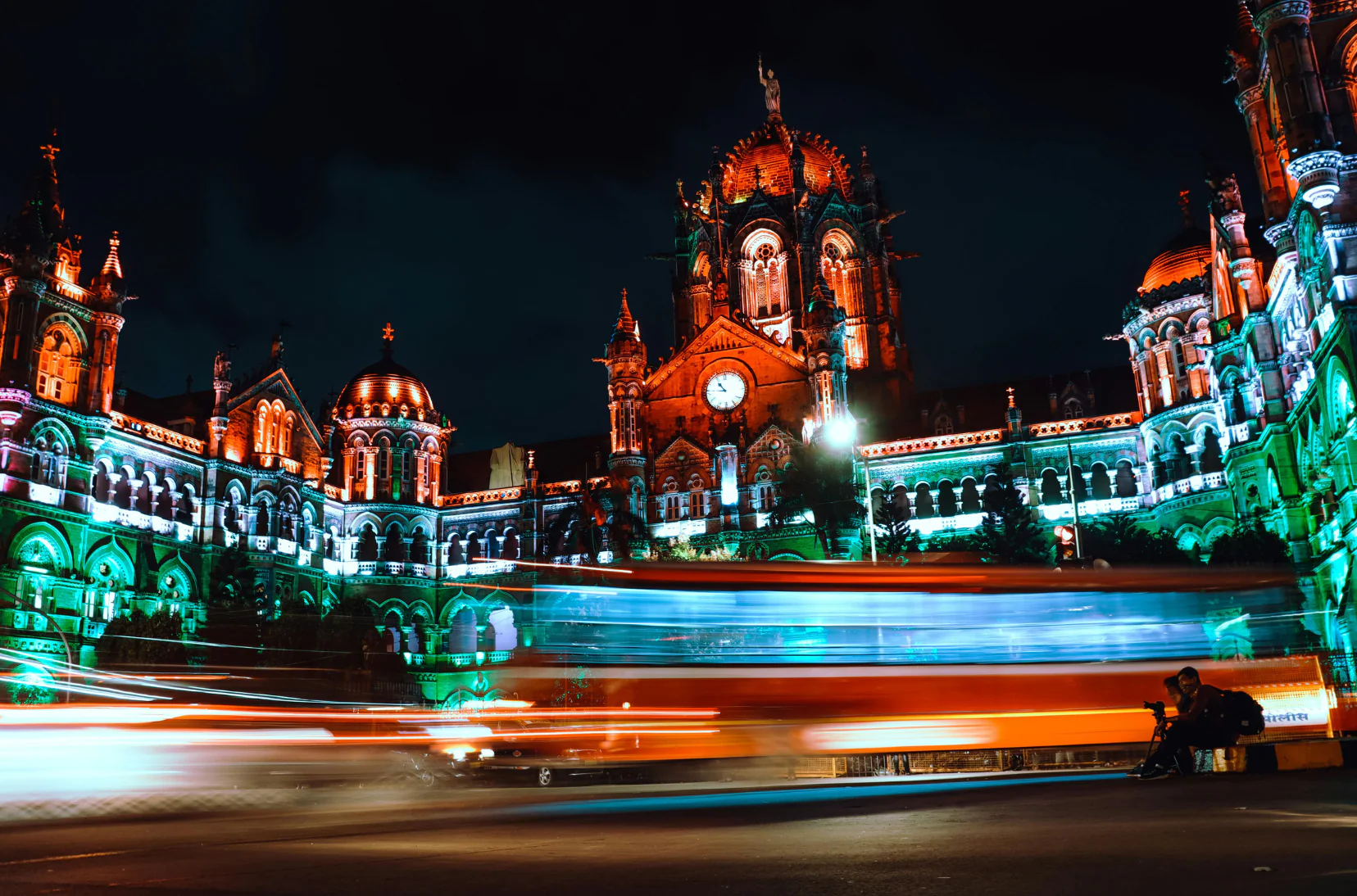
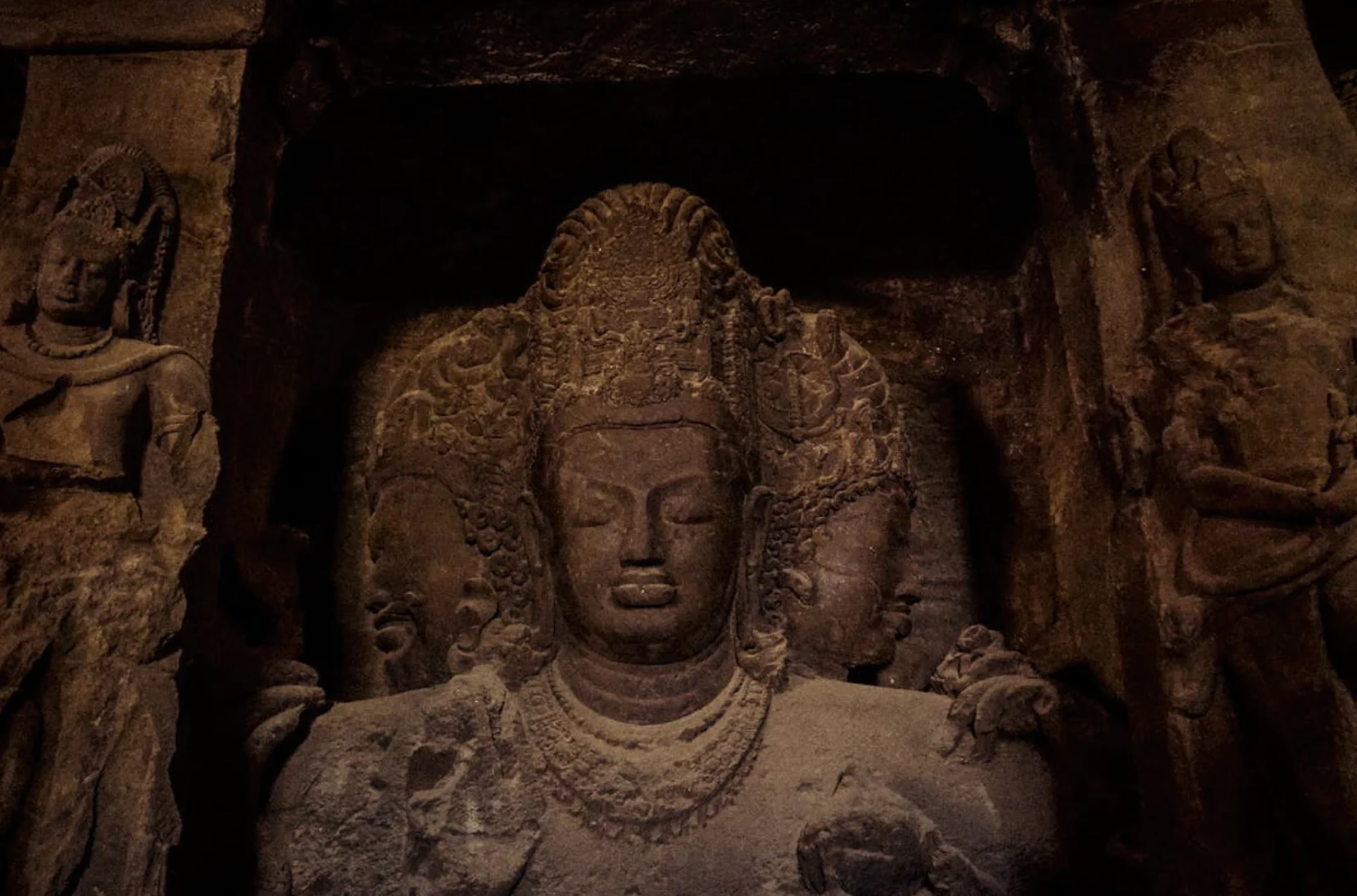
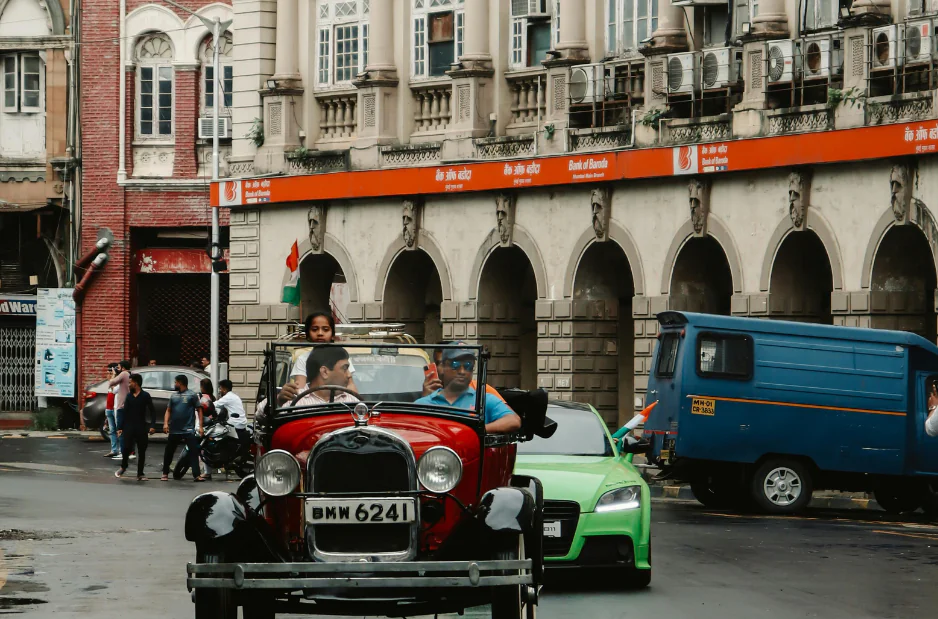
Mumbai: The city of dreams
Mumbai, India’s financial capital, is known for its lively atmosphere, stunning landmarks, and rich history. The Gateway of India and Marine Drive offer breathtaking views, while Chhatrapati Shivaji Maharaj Terminus and Elephanta Caves reflect the city’s colonial and ancient heritage. Explore the energy of Colaba Causeway for shopping or relax at the iconic Juhu Beach.
The city is also a cultural hub, with bustling markets like Chor Bazaar and vibrant art scenes at Kala Ghoda. Mumbai’s diverse food culture, from street food like vada pav to fine dining, is an essential part of the experience. The local culture thrives in areas like Banganga Tank and Dhobi Ghat, where traditional practices blend with urban life.
Mumbai is the heart of Bollywood, where film enthusiasts can visit Film City and explore the glamour of Indian cinema. Best visited from October to March, the city offers an unforgettable blend of modernity, tradition, and entertainment, making it an ideal destination for all kinds of travelers.
Enquire Now
- info@easywayindia.in
Our suggested itinerary below can be personalized to
suit
your needs and preferences
Arrive at Mumbai airport. You will be received by our driver, and you will be transferred to your hotel. In the afternoon, visit South Bombay which is also known as main town Mumbai. Have a walk around the lanes of Churchgate and witness the beauty of British architecture. Visit the Gateway of India, Incorporating Islamic styles of 16th-century Gujarat, it was built to commemorate the 1911 royal visit of King George V but wasn’t completed until 1924. Visit the Taj Mahal Hotel, Mumbai’s most famous landmark.This stunning hotel is a fairy-tale blend of Islamic and Renaissance styles, and India’s second-most-photographed monument. It was built in 1903 by the Parsi industrialist JN Tata, supposedly after he was refused entry to nearby European hotels on the account of being ‘a native.’ Dozens were killed inside the hotel when it was targeted during the 2008 terrorist attacks, and images of its burning facade were beamed worldwide. The fully restored hotel reopened on Independence Day 2010. Spend your evening at Marine Drive and have your dinner in Colaba Causeway. Overnight in Mumbai.
After breakfast, excursion to Elephanta Caves. The Elephanta Caves, a captivating UNESCO World Heritage site located on Elephanta Island, just a short ferry ride away from Mumbai. These resplendent rock-cut cave temples take you back in time to the 5th and 7th centuries of spiritual devotion. Explore 7 major caves with carvings, paintings, and inscriptions of Shiva, Buddha, and Hindu mythology. The three major caves are the large Hindu Cave, Buddhist Cave, & Shiva Cave. The creator of this spectacular sculptural and architectural feast is mysteriously unknown. In the afternoon, walk to the sprawling Chhatrapati Shivaji Maharaj Vastu Sangrahalaya, Prince of Wales Museum, a museum with manicured lawns and a Gothic-style building topped with a bulbous dome. The domed behemoth, an intriguing hodgepodge of Islamic, Hindu, and British architecture, is a flamboyant Indo-Saracenic design by George Wittet. Then visit Mani Bhavan, a three-storey building where Mohandas K. Gandhi, known as the father of the nation, often stayed; it is now a museum. Spinning wheels and floor seating in his preserved, spartan bedroom provide a window to his belief that the route to Indian independence could come only through discipline and self-reliance. Visit St.Thomas’ Cathedral; the cathedral building was finished in 1718, and is the oldest British-era building standing in Mumbai and the city’s first Anglican church: it was once the eastern gateway of the East India Company’s fort (the ‘Churchgate’ itself). You also can admire the Chhatrapati Shivaji Maharaj Terminus, the Rajabai Clock Tower, the University of Mumbai, and the the High Court. Overnight in Mumbai.
After breakfast, walk through the soft-coloured shadows cast by stained-glass windows in the Church of St. John the Evangelist, more commonly known as the Afghan Church, which reopened in March after a two-year renovation. The building, in the leafy Navy Nagar, a naval area at the southern tip of Mumbai, was completed in 1858 and commemorates the more than 4,500 Indian and British soldiers who died during the first Anglo-Afghan war, including in its disastrous retreat from Kabul. The church is also known for its multifaith prayers, Indian classical music concerts, and a midnight Mass at Christmas. Visit the nearby Moghal Masjid, a jewel-like, Iranian-style Shiite mosque built in 1860, with intricate blue tiling adorning a curved entrance. Women cannot pray inside the mosque but can enter the compound, which has a pool for ablution. Admire the facade of Hasnabad Dargah, a pristine, ivory-coloured mausoleum, known as Mumbai’s Taj Mahal for its resemblance to the original (entry only for Shia Ismaili Muslims). Not far from there is the Magen David Synagogue, recognisable by its sky blue clock tower, built in the 1860s to serve Mumbai’s once wealthy and influential, but now vanishing, Jewish community. Overnight in Mumbai.
Travel to Bandra and visit places such as Carter Road, Bandra Fort and the Bandra sea link. Shop around Liking Road and Hill Road, have some breakfast at the popular Candies Cafe. By the evening, return to the hotel for a delicious dinner and overnight stay. The laid-back suburb of Bandra has Portuguese bungalows, Bollywood studios, and the full wattage of star homes, along with fans hoping for a glimpse. The best bet for encountering Bollywood stars is on the Technicolour, larger-than-life murals in the area’s charming lanes. See a pistol-wielding Dharmendra, from the iconic 1975 movie “Sholay,” opposite the Subko cafe on Chapel Road. Next to it is a triptych of Bollywood’s dancing divas — a feathered Helen and a bejeweled Waheeda Rehman and Asha Parekh. Stroll on to Waroda Road (past a moody depiction of the celebrated actor Irrfan Khan) to reach the brightly coloured Veronica’s, an all-day cafe that has become something of a living room for Bandra’s young people who come for creative bites like chicken-and-cheese-filled breakfast momos , potato waffles, and babka stuffed with chorizo, get mingling with the crowd, and tuck into those delicacies. Overnight in Mumbai.
We will go to Sanjay Gandhi National Park, a 40-square-mile preserve where deer, monkeys, and the occasional leopard roam. From there, walk up to the Kanheri Caves, a Buddhist complex of more than 100 caves, the oldest dating back to 2000 years, which was carved into basalt. Some form large, pillared prayer halls, while others feature carved, serene Buddhist deities in prayer.
Known to many as ‘one of the largest slums in Asia,’ we prefer to think of Dharavi as Mumbai’s beating heart. It houses about one million of Mumbai’s inhabitants, and its industries have an annual turnover of approximately US$ 665 million. Through our educational walking tours, visitors experience a wide range of these business activities: recycling, pottery-making, embroidery, bakery, soap factory, leather tanning, poppadom-making, and many more. Later, we will transfer you the airport for your flight.
Enquire Now
- info@easywayindia.in
You might also like

Goa

Meghalaya & Assam

